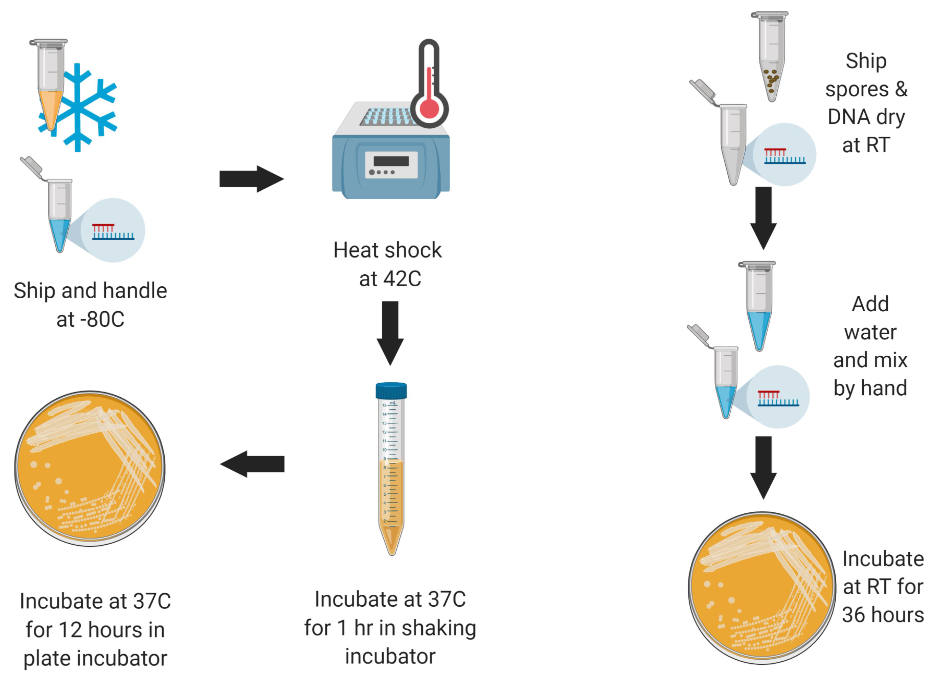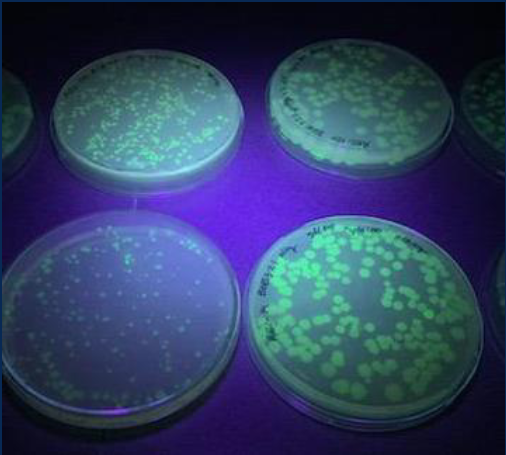Development of Bacillus Subtilis as a Platform for Research and Education in Low Resources Settings
Introduction
Synthetic biology is the application of engineering philosophies to traditional biological research. It focuses on building standardized, modular, and reproducible genetic/cellular tools to solve translational problems across several fields, including healthcare, agriculture, and commodities.
Advancements in synthetic biology mirror the progress that was made in electrical engineering and computer science, which revolutionized the world as we know it. This field is characterized by off the shelf components like the Arduino that are affordable and easily programmable.
Synthetic biology has that same potential. This project aims to build an analog of the Arduino for synthetic biology. However, current tools for synthetic biology research require significant infrastructure.
The Problem
The workhorse of synthetic biology is currently Eschericia coli:
- Pros:
- Well studied
- Strong genetic toolkit
- Well adapted for laboratory settings
- Cons:
- Requires treatment to take up DNA
- Produces endotoxins
- Requires -80C shipping and storage
These cons make it difficult to use E. coli in low resource settings like classrooms, as they often don't have the money, infrastructure, or laboratories necessary.
Our Solution
We propose to use Bacillus subtilis instead of E. coli due to the following:
- Well studied
- Strong genetic toolkit
- Well adapted for laboratory settings
- Grows at room temperature (RT)
- Published method of low-resources transformation for simple engineering
- Generates spores for simple shipping
Potential issues include:
- Safety concerns (still BSL-1)
- Potentially less efficient to transform
- Potentially long growing times at RT

Conclusions
We successfully transformed B. subtilis using the super-competent method published by Mijakovic et al. (2015) with green fluorescent protein. We saw high transformation efficiency and fast growth using traditional laboratory infrastructure.

We will next use the solid-solid method published by Hauser et al. (1994), then adapt the strain to grow quickly at RT using adaptive laboratory evolution.

